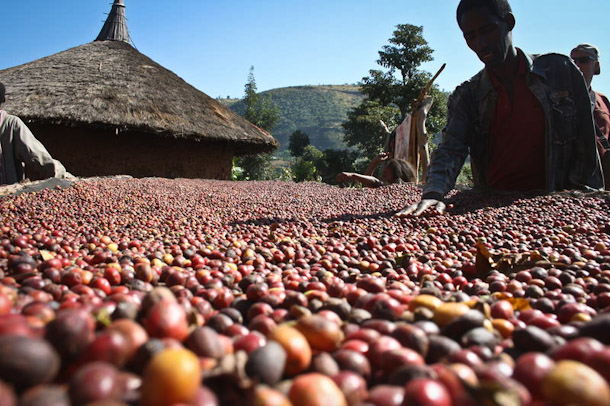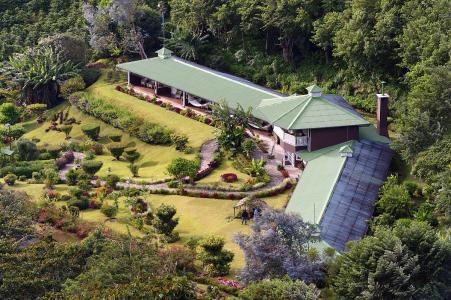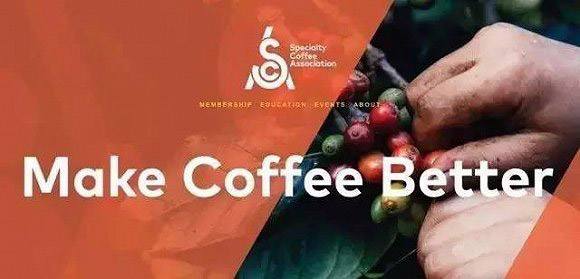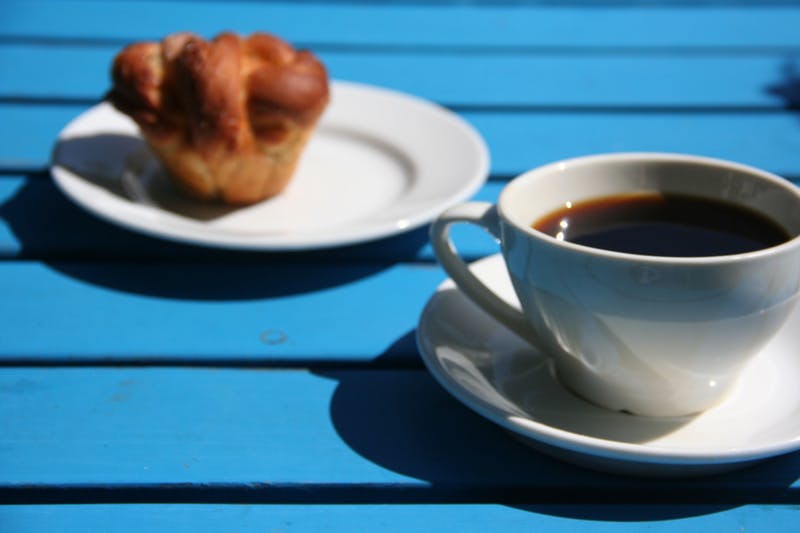About the Emerald Manor-- this legendary coffee manor
For professional baristas, please follow the coffee workshop (Wechat official account cafe_style)
Let's popularize science about Emerald Manor, the legendary coffee plantation.
In 1967, a Swedish banker named Peterson bought a Panamanian farm called Emerald Manor as his retirement home. The farm was used to raise cattle and then dairy cows. It was not until 1988 that Feicui began to grow coffee on a large scale. By this time, it had been 21 years since the farm was bought.
But for the history of coffee in the world, 1997 is the key era. That year the Peterson family bought a high-altitude farmland called Haramiyou. Haramiyou was attacked by leaf rust and many coffee trees were dying, but only one kind of coffee grew well and attracted Peterson's attention. That was the conquest of "Best Panama" in 2004 and the rosy summer of the world.
Jaramillo and Canas Verdas "Hacienda La Esmeralda" are already familiar names for coffee lovers. When Geisha is mentioned, many people immediately think of it. However, since Rose Summer appeared on the world coffee stage in 2004, it has forever changed our understanding of the flavor of coffee, but we still do not know the micro-area where the Jade Manor produces rosy summer.
The Jade Manor actually consists of four farms: Ca?as Verdes, El Velo, Jaramillo and Palmira. El Velo is a new estate bought as late as 2012, growing 400 different coffee varieties, including Rosa. Palmira is the first farm bought by the Peterson family, the owner of the Jade Manor, and all the coffee beans from the Jade Manor are sent here for processing. Almost all of the summer we drink, and the rosy summers that have won numerous competition awards over the past decade, come from the farms of Ca?as Verdes and Jaramillo.

Ca?as Verdes Farm
Half of the Ca?as Verdes is the farm that the Peterson family first bought in 1967. It used to raise cattle and grow some coffee. In 2004, the Peterson family bought a number of small plots of farmland near Ca?as Verdes.
Ca?as Verdes's Rose Summer has a brilliant record, and its proudest achievement is to win the first place in the "Best Best of Panama" (Best of Panama) Sun Rose Summer Group (EsmeraldaGeisha Ca?as Verdes Natural) in 2017, a lot produced in a block of 1800 meters, and the highest bidding price of BoP so far: $601.
In 2015, the batch produced by Ca?as Verdes in the 1800-meter block won the fourth place in the "best Panama" sunflower summer, and the seventh in the sunflower group in 2016 was the 1600 meter batch.
2014 won the fourth place in sunflower summer, from the batch of 1650 meters above sea level in Ca?as Verdes, and the sixth in the summer batch of 1540 meters in the same year.
In 2013, it won the first place in the "best Panama" (Best of Panama) sunburn roses group (Ca?as Verdes Esmeralda Special NaturalC.V.), produced in a block of 1650 meters, and set the highest bidding price of US $350 for BoP in 2013.
Ca?as Verdas divides the farm blocks into different batches according to different elevations and microclimates: Lino,Coronado,Fundador, Le ó n, Monta?a,Trapiche,Chinta,Caba?a, and each block has different flavors.
Jaramillo is the area of this batch.
Haramiu is not the first farm bought by the Peterson family, but it is the most legendary farm in the history of coffee. When the Petersons started the coffee garden, they planted it only at lower elevations, growing more than 15 different varieties from Costa Rica and Brazil. By 1997, they decided to try to grow coffee at higher elevations and buy the higher farmland of Haramiyou.
Haramie is located in towering and wet and cold mountains, 40-degree steep slopes, extremely difficult to harvest, low temperature, and the mountains are covered with shade trees. No one would have thought that the rose summer, which was planted in Harami, showed a bright and strong flower fragrance, citrus and fruit flavor, which was completely different from the rose summer at a lower altitude below 1400 meters. In 2004, Hara Miyou's Rose Summer won the "Best Panama" award, which shocked the world.
The batches of Haramiyou at different elevations and regions are: Mario,Noria,Reina,Bosque,Buenos Aires and so on.

In 2015, the excellent batch of Harami from 1600 meters above sea level won the "Best Panama" sunflower summer championship!
2016 "Best Panama", No. 6 under the 1662-meter batch of Haramy Una.
No matter Ca?as Verdas or Haramiyou, no matter from 1600 meters to 1800 meters above sea level, the rose summers of both farms have a surprisingly strong floral aroma, coupled with citrus and various tropical fruit flavors such as pineapple and mango, the taste is not thick, but it does not hinder the aftertaste of drinking, stay on the tip of the tongue for a long time, if you do not drink it in one drink, the cold rose summer is even more attractive.
In the relationship among people, land and environment, Jade Manor insists on sustainable development and ecological protection, including not only not using pesticides, but also being a Rosa coffee harvester. Because not only can they get three times the salary, but if they perform well enough, their children can also get scholarships to primary and secondary schools, or full scholarships to universities.

Important Notice :
前街咖啡 FrontStreet Coffee has moved to new addredd:
FrontStreet Coffee Address: 315,Donghua East Road,GuangZhou
Tel:020 38364473
- Prev

What is the difference between SCAE, SCAA, SCA and Q-Grader Coffee certificates?
Professional barista communication please follow the coffee workshop (Wechat official account cafe_style) because there are many certificates and names in the coffee industry, although you want to learn in science, you may not be able to find the most suitable course system for you quickly. In order to understand the courses and certificates, we must first start with the issuing institution. At present, internationally, a scientific coffee learning system has been established.
- Next

Fika |Swedish coffee culture and lifestyle
Professional barista exchanges, please pay attention to coffee workshop (Weixin Official Accounts cafe_style) In April this year, Britain's Daily Telegraph listed the world's top 20 coffee-drinking countries. Sweden is sixth on the list, consuming an average of 8.2 kilograms of raw coffee a year per person. Besides cold weather, what causes
Related
- How did the Salvadoran coffee industry develop in Central America?
- What exactly does the golden cup extraction of coffee mean?
- The Origin of Coffee flower
- [2023 Starbucks World Earth Day] there are more meaningful things besides free Starbucks coffee!
- What kind of coffee is there in Spain? 9 Flavors of Spanish Coffee
- Aromatic African coffee| Kenya's coffee culture and historical production area
- Liberica Coffee Bean knowledge: the characteristics of Liberian Coffee beans of the three original species of Coffee beans
- The origin and formula of Spanish latte introduces the taste characteristics of Bombon coffee in Valencia, Spain.
- How to adjust the solution of over-extracted coffee
- What is the tasting period of coffee beans? What is the period of coffee and beans? How should coffee wake up and raise beans?

